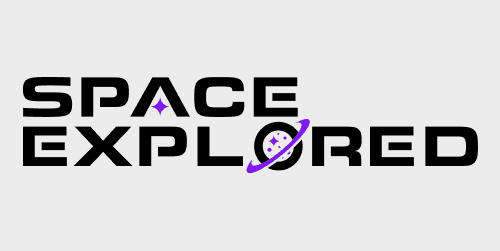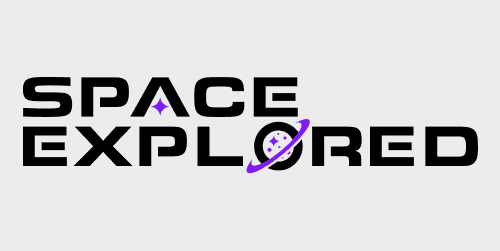
The European Space Agency has officially entered the lunar exploration race with the development of Argonaut, a next-generation lunar lander designed to transport cargo, scientific instruments, and technology to the Moon. This marks a major milestone in Europe’s space ambitions and its role in international lunar exploration efforts.
To bring this vision to life, ESA has awarded a $897 million contract to Thales Alenia Space, a joint venture between the French Thales Group (67%) and Italy’s Leonardo (33%), for the construction of the lander’s Lunar Descent Element – a crucial component that would ensure precise landings on the lunar surface.
Unlike many previous landers, Argonaut is being designed to withstand the Moon’s extreme day-night cycle, enabling it to remain operational for up to five years. The lander is expected to feature a standard descent and cargo module, while different payload configurations would allow it to serve multiple purposes – ranging from delivering essential supplies for future astronauts to deploying scientific equipment and rovers.
The first Argonaut mission is planned for 2031, aiming to support infrastructure development on the Moon, including navigation, telecommunication, and power systems.
As the prime contractor, Thales Alenia Space is leading an industrial consortium to develop Argonaut’s entry, descent, and landing system, as well as its thermal, avionics, and software architecture. The company’s teams in Italy, France, and the United Kingdom are set to handle critical subsystems, including data handling, propulsion, and navigation. Meanwhile, OHB System AG, a German aerospace manufacturer, is responsible for guidance, control systems, and telecommunications.
This modular approach would allow Argonaut to support a wide range of lunar missions, making it a versatile asset for Europe’s long-term lunar exploration goals. The lander is expected to be capable of carrying up to 1.5 metric tons of cargo, potentially setting it up to be an essential component in NASA’s Artemis program, which aims to return humans to the Moon by 2027.
The Argonaut project is more than just a lunar transport system – it represents Europe’s ambition to establish independent access to the Moon. The contract with Thales Alenia Space would not only strengthen ESA’s technological capabilities but also boost Europe’s competitiveness in the rapidly evolving space industry.
Jean-Loïc Galle, CEO of Thales Alenia Space, emphasized the significance of this project, stating it would “reinforce Europe’s role in lunar exploration and create opportunities for a sustainable lunar economy.”
With international collaboration becoming a key factor in space exploration, Argonaut could play a major role in shaping the future of lunar activity – not just for Europe, but for the world.
“This first-of-its-kind European lunar lander demonstrates ESA’s dedication to advancing our industrial capabilities in deep space exploration,” Daniel Neuenschwander, ESA director for Human and Robotic Exploration, said in a news release. “Argonaut will enable Europe to contribute meaningfully to international partnerships, while paving the way for a sustainable human presence on the Moon. Europe is on its journey to the Moon and has broken the ground towards European autonomy in exploration.”
FTC: We use income earning auto affiliate links. More.




Comments